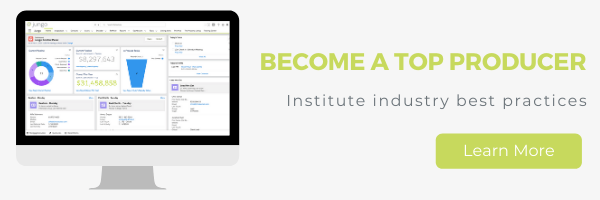
2021 home prices are setting new records as buyers scramble amid a continuing inventory crunch.
The median sale price was a record high of about $329,100 in March, according to a report from the National Association of Realtors. It is the highest median price since NAR began tracking in 1999. So, what does this mean for loan officers and borrowers? Keep reading to find out!

Why are the 2021 home prices rising?
Compared to this time last year, home prices are up 17%, according to a recent report from Redfin.
It’s important to note that the 17% increase is highly influenced by the pandemic one year ago. But, there’s nothing changing the fact that prices are truly at all-time highs.
Sellers might be celebrating high sales prices. But, there are also drawbacks.
What do these record high home prices mean for borrowers?
The median price of homes is up a record 17% from a year ago. So, this includes existing single-family homes, townhomes, condominiums, and co-ops.
Much of that home price appreciation is fueled by competition. The inventory of homes for sale in March inch higher compared to February. Overall, inventory is still down from one year ago.
That means buyers have to act quickly. As prices increase, younger and lower-to-middle income buyers face tougher challenges to secure a home.
Demographics are shifting
With lending practices tightening, the entrance to the housing market is shrinking for homebuyers. Plus, 45% of homes are selling within one week of being listed. This is about a 12% increase each year, which shows how high demand has become for homes. But, the buyer demographics are where the real changes lie.
Millennial homeownership is already down compared to older generations. Just 42% of millennials at age 30 own homes. This varies largely from Boomers when they were age 30, 51% of whom owned homes.
The 2021 home prices have hit a record high during the pandemic that pushes people out of the market. Once the pandemic subsides, it is thought that purchasing a home is going to cost more than ever before.

What now?
Redfin’s homebuyer demand index increases 149% compared to this time last year. So, this fell off due to the pandemic, but pre-pandemic is still lower than it is today.
Even though demands remain high, the number of homes on the market itself is decreasing. New home listings are down 12% each year. So, this highlights a hot market with low interest rates, but a slim housing supply.
What do these record high home prices mean for loan officers?
The 2021 home prices hitting record highs results in multi-offer listings. Plus, the potential for more origination volume than ever before. As time goes on, mortgage originations are heavily marketed toward borrowers with higher credit scores.
In the final quarter of 2020, buyers with a credit score above 760 are responsible for nearly 72% of originations.
So, the mad dash for borrowers to purchase homes continues. Be prepared for drastic changes in the face of adversity. Make sure that you and your mortgage business are ready for what may happen next as situations continue to shift post-pandemic.
Bottom line
It may take time, but housing supply needs to meet demand.
For now, it’s best to face the purchase-heavy market head-on. Continue to rack up the final refinance originations after the boom and prepare for more purchasing applications. So, be sure to serve as a trustworthy guide and advisor to your clients, no matter the market!






